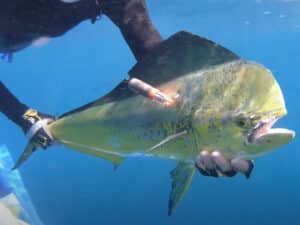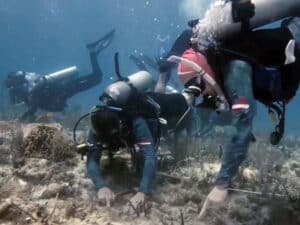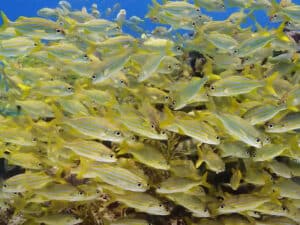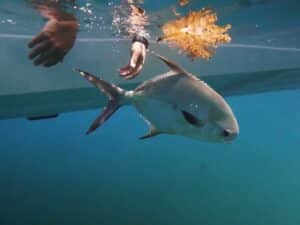Islamorada proudly bills itself as the Sport Fishing Capital of the World, and for good reason. From here, an angler can catch creek-mouth snook in Everglades National Park, tempt a bonefish on the shallow flats around the village’s six islands and head offshore to battle a sailfish—all in the same day.
No matter the length of your angling bucket list, you can check off a whole bunch of species in Islamorada.
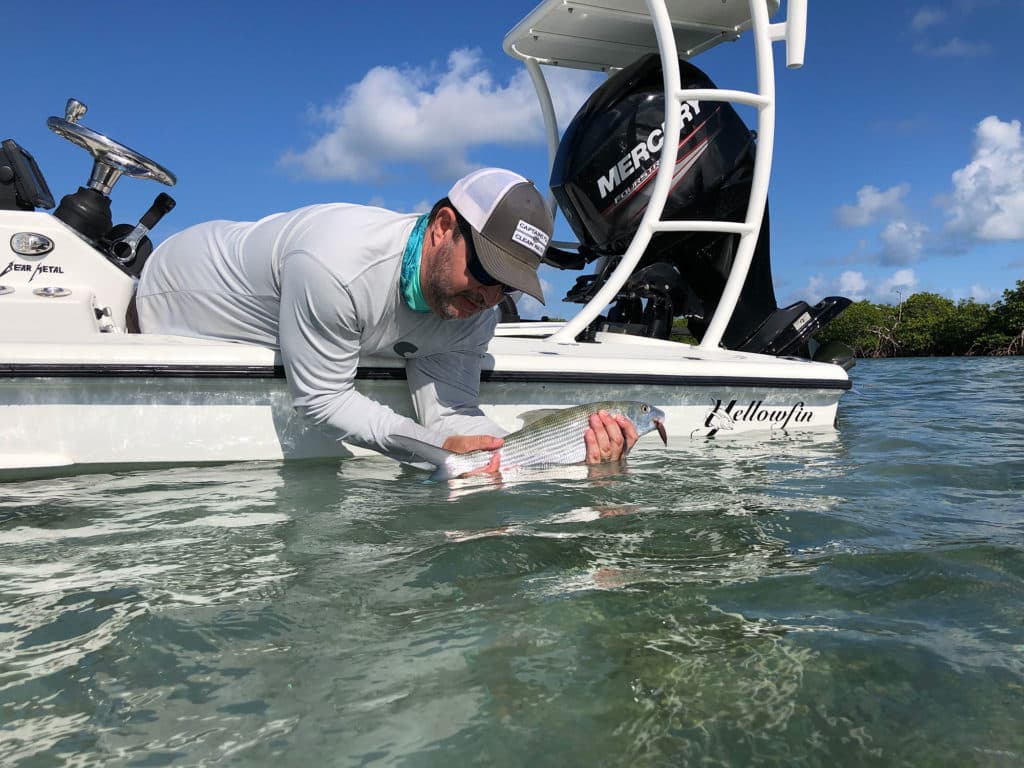
The ocean and backcountry flats host bonefish, permit and tarpon, the most sought-after triumvirate in the shallow-water game. Over grass flats and around the mangrove islands in Florida Bay and the national park, anglers can target snook, redfish and sea trout, as well as a variety of shark species, mangrove snapper, tripletail and cobia.
Weather from March through June and from September through November delivers preferred water temperatures for inshore fishing. During summer, visitors depart early in the morning, before the shallows heat up, or fish late in the afternoon, when temperatures cool and a spectacular sunset is almost guaranteed.
Offshore, yellowtail and mutton snapper as well as grouper, king and cero mackerel swarm structure and coral reefs out to more than 100 feet deep. The same spectacular marine and fish life attracts scuba divers from all over the country.
Just outside the reef line, sailfish swim through the Keys. Plan to visit from November through April for the best opportunity to hook one of these acrobatic, hard-fighting billfish.
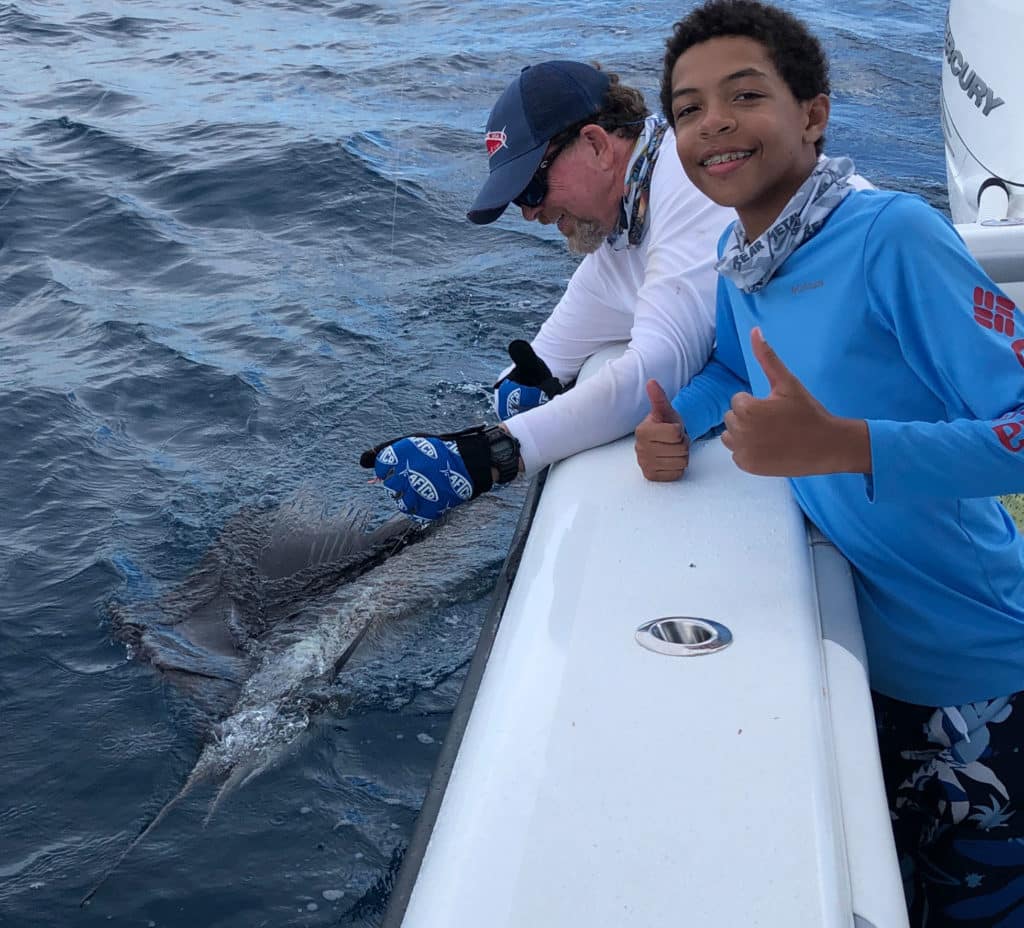
The offshore humps, where the ocean floor rises to within 400 feet of the surface, attract baitfish and opportunistic predators such as blackfin tuna, amberjacks and sharks. The humps produce year-round, but spring typically marks the peak of the bite, when the most and biggest fish are landed.
Dolphinfish, also known as mahi-mahi, usually top the list of popular offshore species for anglers hoping to catch dinner. Sharp-eyed captains look for weedlines, floating debris and diving birds to locate schools of the colorful fish, which show up in the spring, but in recent years have proved most abundant from August through early December.
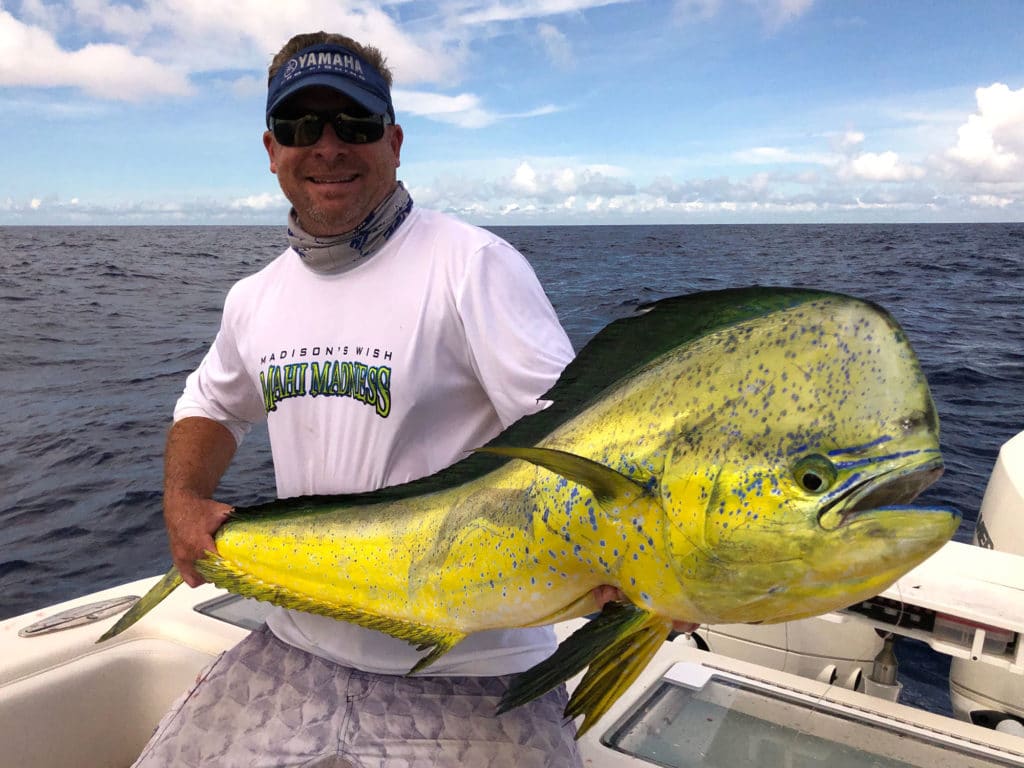
Anglers often stop to catch dolphin on their way out to the swordfish grounds, which lie 25 to 30 miles offshore. Daytime swordfishing, where captains drop baits to the bottom in depths of 1,500 feet or more, was pioneered in 2003 by several innovative Islamorada fishing fanatics.
All Islamorada restaurants, from fancy to family style, offer fresh, local seafood. Lodging options range from high-end resorts to Old Florida motels to floating houseboats, where visitors can rest up and spend the following day on land viewing the works of painters and sculptors at the Morada Way Arts & Cultural District.
Non-anglers can find a different type of fish thrill by hand-feeding the 100-pound tarpon that gather at Robbie’s Marina and taking in a marine mammal show at Theater of the Sea, all of which make a visit to Islamorada a capital idea.

